Biology Reference
In-Depth Information
vectors must ensure that nontarget uptake of recombinant DNA is minimal. We have designed the
model of
R. prolixus
and its proven symbiont,
Rhodococcus rhodnii,
with these caveats in mind.
Two scenarios in which nontarget spread of foreign DNA could be hastened are (1) uptake,
retention, and propagation of foreign DNA by arthropods that have faster generation times than
Rhodnius prolixus
and (2) uptake, retention, and propagation of foreign DNA by bacteria that have
faster generation times than
Rhodococcus rhodnii
.
We are currently assessing uptake of transgenes by nontarget species exposed to either CRUZI-
GARD or genetically altered
R. rhodnii
. Testing for uptake and retention of foreign genetic material
by grazing insects, such as cockroaches, ants, and crickets, which coexist with reduviid bugs, is
under way in Guatemala. Laboratory tests of gene transfer from
R. rhodnii
to other environmental
microbes, including nonactinomycetes such as coliforms,
Staphylococcus
spp., and
Candida
spp.,
are ongoing. Furthermore, a predictive mathematical model that incorporates several elements of
gene spread, including stability, vector migration, physical dispersal, and nontarget uptake, is being
constructed (R.V. Durvasula and S. Matthews, unpublished data).
These studies will provide information that is required for possible Ýeld applications of
paratransgenesis. Indeed, the use of genetically altered symbiotic bacteria to battle vector-borne
diseases is a potentially powerful tool. We are exploring application of this approach to the Old
World vectors of leishmaniasis,
Phlebotomus papatasi
, and
P. argentipes
(R.V. Durvasula and
K. Ghosh, unpublished data). We believe that this approach may someday be used as part of an
integrated strategy for control of ChagasÔ disease.
SUMMARY
Paratransgenesis is a novel approach to controlling vector-borne infectious diseases. It involves
genetic manipulation of commensal or symbiotic bacteria that reside within certain arthropod hosts.
The bacteria are transformed to export molecules that interrupt transmission of a target pathogen.
Rhodnius prolixus
, an important reduviid bug vector of ChagasÔ disease, harbors the actinomycete
symbiont
Rhodococcus rhodnii
. This symbiont has been transformed to export Cecropin A, which
is lethal to the ChagasÔ disease parasite
Trypanosoma cruzi
, and marker single-chain antibodies
that form the basis of antibody-mediated disruption of
T. cruzi
transmission. A spreading strategy
for delivery of genetically altered
R. rhodnii
to Ýeld populations of
Rhodnius prolixus
has been
devised. Safety and efÝcacy of this approach are being tested under simulated Ýeld conditions.
REFERENCES
Beard, C.B. and Aksoy, S. (1997). Genetic manipulation of insect symbionts. In
Molecular Biology of Insect
Disease Vectors: A Methods Manual
(J.M. Crampton, C.B. Beard, and C. Louis, Eds.), pp. 555Ï560.
Chapman & Hall, London.
Beard, C.B., Mason, P.W., Aksoy, S., Tesh, R.B., and Richards, F.F. (1992). Transformation of an insect
symbiont and expression of a foreign gene in the ChagasÔ disease vector
Rhodnius prolixus
.
Am. J.
Trop. Med. Hyg.
46:
195Ï200.
Beard, C.B., OÔNeill, S.L., Tesh, R.B., Richards, F.F., and Aksoy, S. (1993). ModiÝcation of arthropod vector
competence via symbiotic bacteria.
Parasitol. Today
9:
179Ï183.
Beard, C.B., Durvasula, R.V., and Richards, F.R. (2000). Bacterial symbiont transformation in Chagas disease
vectors. In
Insect Transgenesis: Methods and Applications
(A.M. Handler and A.A. James, Eds.),
pp. 289Ï303. CRC Press, Boca Raton, FL.
Beard, C.B., Cordon-Rosales, C., and Durvasula, R.V. (2002). Bacterial symbionts of the triatominae and their
potential use in control of Chagas disease transmission.
Annu. Rev. Entomol.
47:
123Ï141.
Boman, H.G. (1991). Antibacterial peptides: key components needed in immunity.
Cell
65:
205Ï207.
Catteruccia, F., Nolan, T., Loukeris, T.G., Blass, C., Savakis, C., Kafatos, F.C., and Crisanti, A. (2000). Stable
germline transformation of the malaria mosquito
Anopheles stephensi
.
Nature
405:
959Ï962.



















